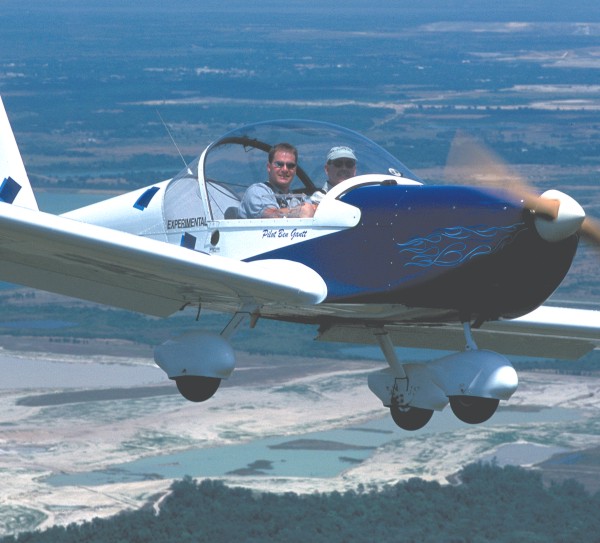
The expression “seeing stars” is a good thing, if it means flying a delightful aircraft on a lovely day. After sampling the Sportstar in ’02 (see “Sportstar Pilot’s Report”, December ’02 Ultralight Flying!), I looked forward to a flight in its predecessor, the EV-97 Eurostar. You could say I had stars in my eyes. A blue Florida sky was dappled with miniature cumulus clouds, winds were mild, and the fuel tanks were full in a pretty blue-and-white Eurostar. I was ready. On a beautiful Saturday, April 17, I flew the Evektor Eurostar with Nick Motlagh (pronounced “MOTE log”) – a sharp young aviator about to embark on a career in the air. He has been accepted to compete for fighter jet training in the Air Force after graduating from Embry Riddle Aeronautical University in Daytona Beach, Florida. Motlagh had flown the Eurostar (N30167) over to South Lakeland Airpark to allow a flight review.










